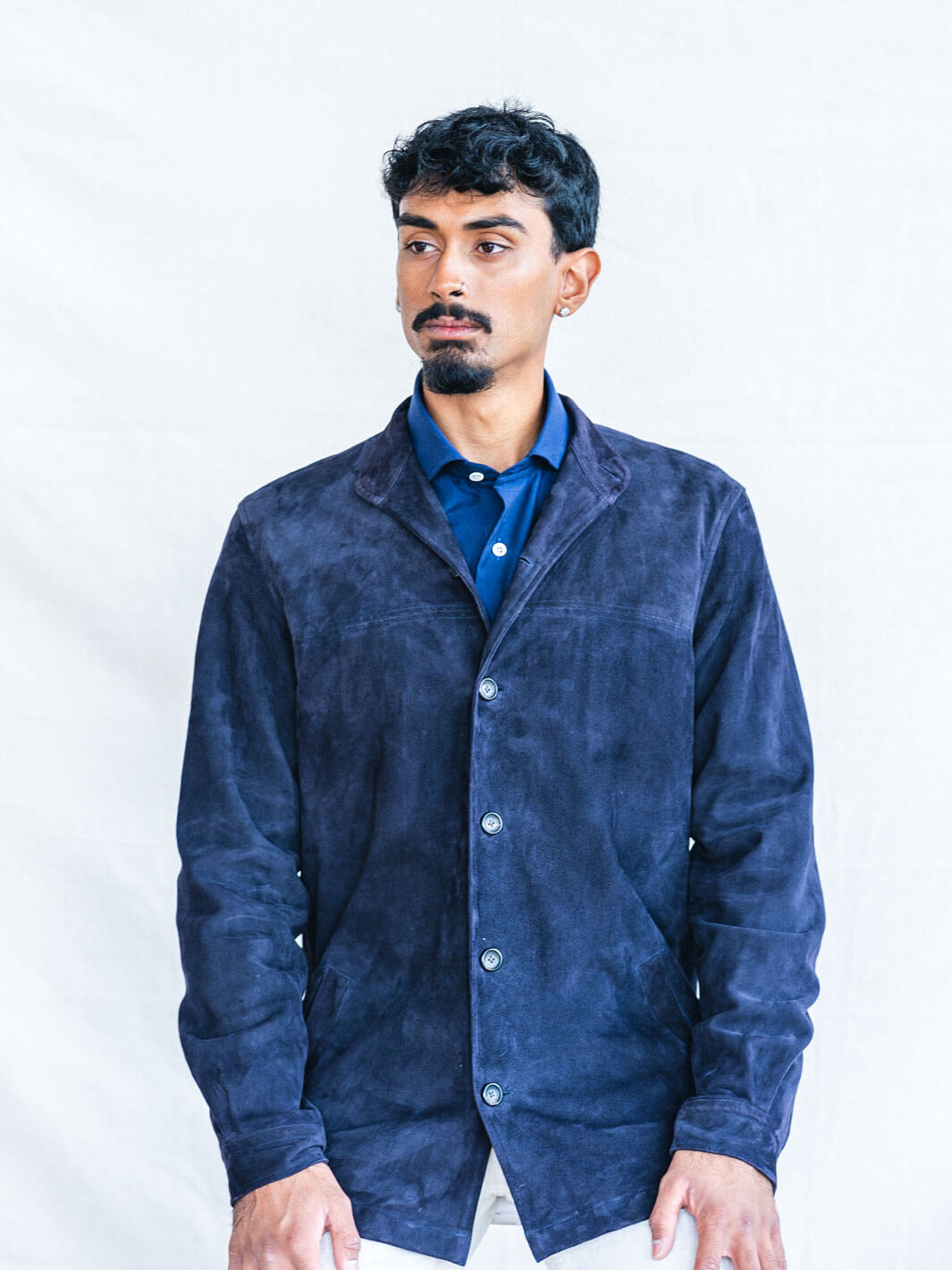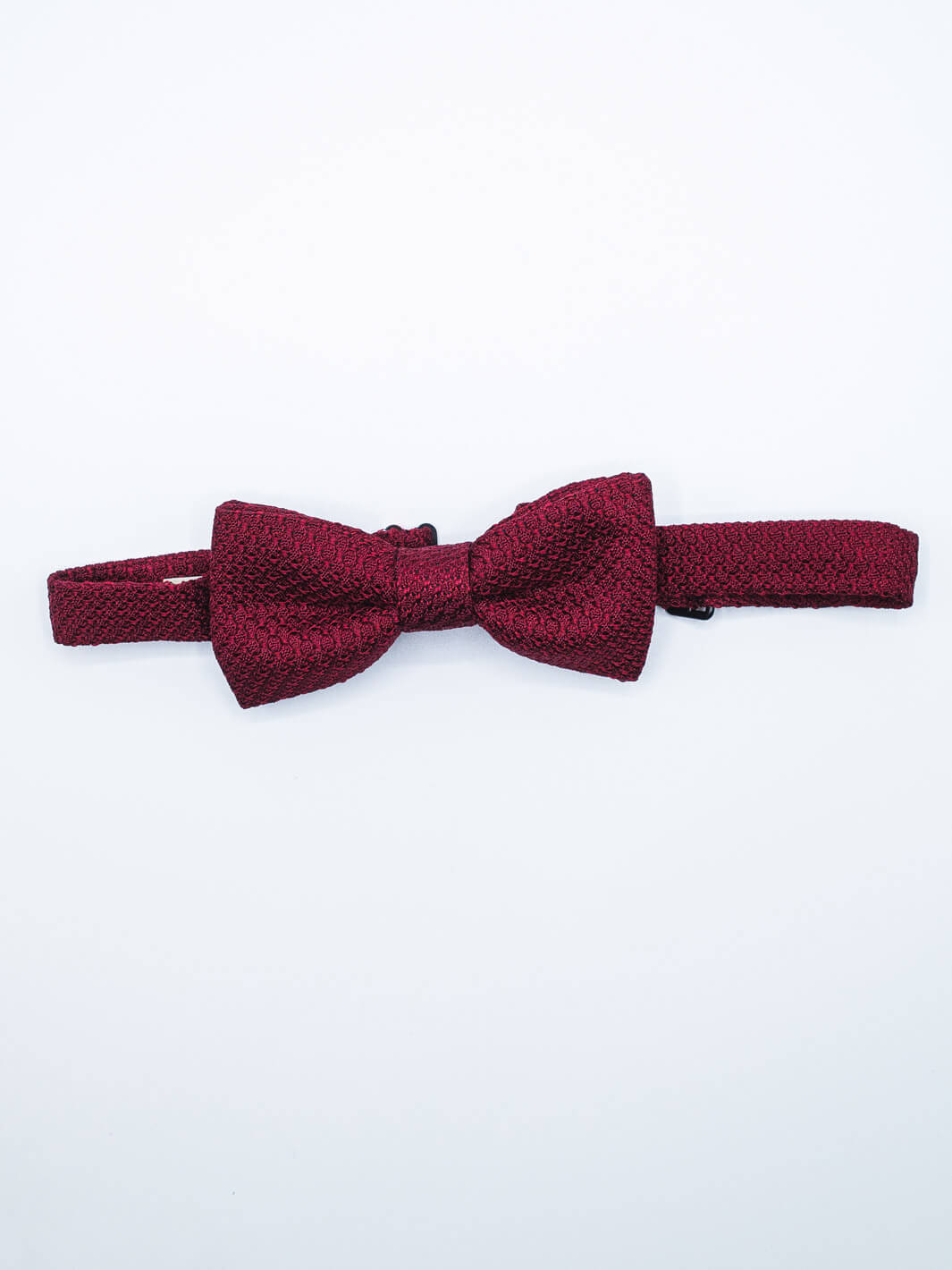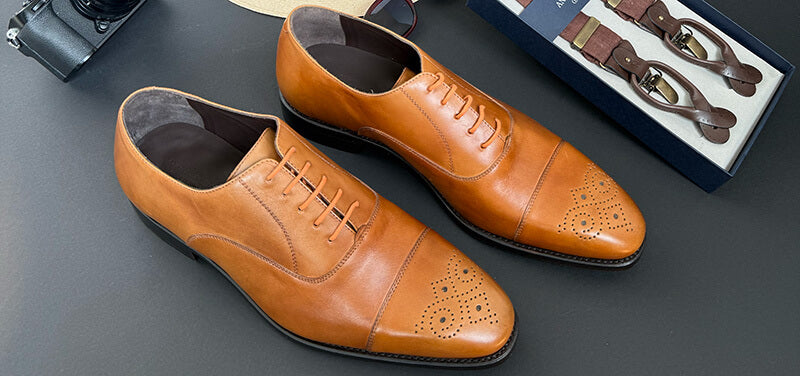Tropical wool. The phrase might sound like a contradiction—wool, after all, is known for insulating both animals and humans, trapping warm air within its crimped fibers to guard against the cold. But wool is just as breathable as it is insulating, which is precisely why, in the late 19th century, it was adapted for warmer climates.
In response to the need for lightweight formal fabrics, “tropical wool” was developed for British gentlemen who were expected to remain sharply dressed in the heat—whether stationed in colonial outposts or holidaying along the Mediterranean coast. When temperatures climb, discomfort kills poise—and without poise, even the sharpest outfit falls flat. In these conditions, breathable fabrics become not just a staple, but a necessity.
Material Gains: How One English Mill Created the Ultimate Tropical Fabric
It was in 1907 that a textile manufacturer in the north of England by the name of Martin Sons & Co invented and trademarked “Fresco”: a high-twist worsted fabric with a porous plain weave, named after the Italian word for “fresh.” Breathable yet suitable for formal garments, it quickly became the definitive “tropical wool.” Not only did it offer respite to formally dressed gentlemen in hotter, more humid climes, but it also gained traction for its ability to resist wrinkles and remain sharp-looking even after a full day.

So significant is Fresco in the canon of fabric innovation that Huddersfield Fine Worsteds—who acquired Martin Sons & Co. in 1976—continues to produce it to the same recipe more than a century later, and still holds exclusive rights to the name. “It’s registered to us,” explains the company’s Managing Director, Iain Milligan. “Anybody else who tries to make it cannot call it Fresco.”
The company’s fierce protection of its intellectual property around Fresco is perhaps understandable, given the fabric’s near-miraculous qualities: “It doesn’t crease, it looks smart all day long,” says Milligan. “A luxurious super 200s wool fabric is all very nice, but it needs to relax and rest. When you get off a plane wearing it you look like a bag of rags.”
Twists of Fate: Fresco’s Multiple Ply Variations
Visitors to Huddersfield Fine Worsteds’ stand at the Pitti Uomo trade fair in Florence will be treated to what Milligan describes as “a timeline of Fresco in garment form.” Fabric connoisseurs will not only see but feel tailoring crafted from the original 1907 three-ply Fresco—a construction in which ‘ply’ refers to the number of individual threads twisted into a yarn.

As Milligan explains, the timeline begins with the original and progresses through key innovations. “About 20 years after the original, a two-ply version was developed using the same micron of wool and the same yarn. Much later, around 10 years ago, ‘Fresco Lite’ came out: a two-ply Fresco made with a much finer micron wool. The latest, the four-ply, takes Fresco Lite yarn and doubles it up. The results it’s showing so far suggest that it just will not crease. Customers absolutely love it.”
Comfortably Cool: Adding Fresco Wool—And Other High-Twist Fabrics—To Your Wardrobe
Some sartorial authorities find Fresco to be rougher to the touch than other fabrics in the tropical wool category. “I generally find Fresco to be among the scratchier of the core high twists,” writes British style expert Simon Crompton on his Permanent Style platform. “But that also usually means better performance (breathability and crease resistance). It is also softer now than it has been historically.”
That slightly coarser feel stems from the very same high-twist, multi-ply construction that gives Fresco its hallmark wrinkle resistance and breathability. “Using a coarser micron of wool helps create the dry touch and aids the crease recovery,” as Milligan puts it. And given the introduction of softer variants like “Fresco Lite,” it’s fair to say Crompton’s claim about the cloth softening over time holds true.

In the end, it’s about balancing tactility with performance—and in matters of style, “each to their own” should always reign supreme. At Anatoly & Sons, there’s plenty on offer to suit every preference. For bespoke offerings, we carry a wide array of timeless stripes, checks, and plains included in the Huddersfield Fine Worsteds’ Fresco II collection. Justifiably billed as “a non-crease alternative to a classic linen suit,” it’s a perennial favorite for warm-weather tailoring.
Other fresco-esque fabrics available in our bespoke division include Crispaire by Holland & Sherry (9–10 oz, 2-ply), Tropical Breeze by Dugdale Bros (10.5 oz, 2-ply), and Fox Air by Fox Brothers (10–11 oz, 2-ply). For off-the-peg garments, we turn to the original: this Blue Huddersfield Fresco Suit is cut from genuine Fresco® wool by Hardy Minnis (operating under the HFW umbrella)—a lightweight 220g cloth known for its crisp feel and breathable structure. An elegant choice for smart-ish summer occasions.
We’re all familiar with choosing different suits for different occasions—but the truly discerning dresser considers not just formality, but the climate in which life’s moments unfold. After all, even the sharpest wardrobes deserve a little breathing room.









